Daraewon (다래원)
1.5 Km 82 2021-03-26
852, Gyeongdong-ro, Andong-si, Gyeongsangbuk-do
+82-54-821-8489
A place where you can enjoy various Chinese dishes. This Chinese (cuisine) restaurant is located in Andong-si, Gyeongsangbuk-do. The representative menu is sweet and sour pork.
Pachyai (파챠이)
1.7 Km 65 2021-03-24
42, Jeongeori, 2-gil, Andong-si, Gyeongsangbuk-do
+82-54-823-2226
It is a place where the generous servings and the fantastic combination of seasoning and noodles go well together. This Chinese (cuisine) restaurant is located in Andong-si, Gyeongsangbuk-do. The representative menu is spicy seafood noodle soup.
Yemijeong (예미정)
1.9 Km 24 2021-03-30
111, Ongjeonggol-gil, Andong-si, Gyeongsangbuk-do
+82-54-822-0500
It is a place that develops and sells Korean dishes, using family recipes, with a long history keeping tradition in Andong. This Korean table d'hote restaurant is located in Andong-si, Gyeongsangbuk-do. The representative menu is grilled salted mackerel.
Wanggojib Mauntang (왕고집매운탕)
1.9 Km 50 2021-03-24
13, Jeongeori, 3-gil, Andong-si, Gyeongsangbuk-do
+82-54-822-6950
It is a place where you can eat various fish dishes. This Korean dishes restaurant is located in Andong-si, Gyeongsangbuk-do. The most famous menu is spicy fish stew.
Haemul Mongttang Kalguksu (해물몽땅칼국수)
2.0 Km 42 2021-03-24
287, Gwangwangdanji-ro, Andong-si, Gyeongsangbuk-do
+82-54-821-9290
It is a place where you can eat Kalguksu (chopped noodle soup) made with abundant seafood. This Korean dishes restaurant is located in Andong-si, Gyeongsangbuk-do. The most famous menu is noodle soup with clams.
Donkkaseu Wa (돈까스와)
2.0 Km 138 2021-06-25
287, Gwangwangdanji-ro, Andong-si, Gyeongsangbuk-do
+82-54-841-9290
This house offers homemade pork cutlet made from odor-free raw materials/refrigerated pork loin and formed into patties. This Korean dishes restaurant is located in Andong-si, Gyeongsangbuk-do. The most famous menu is pork cutlet.
Traditional Resort Gurume [Korea Quality] / 구름에 [한국관광 품질인증]
2.1 Km 372 2020-09-09
190, Minsokchon-gil, Andong-si, Gyeongsangbuk-do
+82-54-823-9001
Gurume Resort is where early traditional Korean guesthouses are located. The traditional Korean houses were relocated to this place after a flood. The resort consists of seven traditional Korean houses named "Baksanjeong,” "Cheongongjeong,” "Gamdongjaesa,” "Palhoedangjaesa,” "Gyenam Old House,” "Seounjeong,” and "Chilgok Old House." Built in the 17th century, "Baksanjeong" is the oldest house there, and it has one guestroom. “Cheongongjeong,” “Gamdongjaesa,” and “Palhoejaesa” were built in the 18th century, whereas "Seounjeong,” "Gyenam Old House,” and "Chilgok Old House" were built in the 19th century. For this reason, the traditional Korean houses look slightly different from each other with one thing in common: they were all renovated and equipped with comfortable modern facilities while preserving most of the features of a traditional Korean house. All the guestrooms are furnished with bathroom with shower and air conditioning system. A hi-tech security system is also installed to ensure the safety of the guests. In addition to Gurume Resort, Happy Traditional Village also has a book café housed in a traditional Korean house as well as dining restaurant, experience rooms, and plaza, allowing the visitors to lodge and engage in a wide range of activities. There is a special package for staying at an old traditional Korean house and using the auxiliary facilities. For more information on various events and news, please visit the Happy Traditional Village website.
Sinsedong Chilcheung Jeontap - Sinsedong 7 stories Brick Pagoda (안동 법흥사지 칠층전탑)
2.1 Km 17527 2021-07-13
Beopheung-dong, Andong-si, Gyeonsangbuk-do
+82-54-840-5225
Designated National Treasure No.16, Sinsedong Chilcheung Jeontap is Korea's oldest and largest stone pagoda.
The pagoda measures 16.8 meters high with a x_width of 7.75 meters. The pagoda was originally built at Beopeungsa Temple during the eighth century of the Unified Silla Kingdom [654-935] and is the only remaining relic from the temple.
The pagoda is presently located on the estate of the head house of the Goseong Lee family. The sangryunbu, the ornamental top portion of the pagoda, has been totally lost, but the lower tiered portions are intact with beautiful carvings of Buddhist tutelary deity. Traces of tiled roof were found on each story of the tower. Historical records show that the tower was rebuilt in 1487 and that around the same period, three parts of the temple remained.
Head House of the Tapdong Branch of the Goseong Yi Clan (법흥동 고성이씨탑동파종택)
2.2 Km 13416 2022-12-21
103, Imcheonggak-gil, Andong-si, Gyeongsangbuk-do
+82-54-840-5225
Head House of the Tapdong Branch of the Goseong Yi Clan, located in Andong, serves as a residential house of the Yi descendents even to this day. Constructed in 1685, this house has all of the beautiful features that represent Joseon-style architecture. After this period, additional structures were added periodically. Across from the house is the Seven-story Brick Pagoda at Beopheungsa Temple Site.
Imcheonggak House (안동 임청각)
2.2 Km 20761 2021-11-09
63, Imcheonggak-gil, Andong-si, Gyeongsangbuk-do
+82-54-859-0025
Imcheonggak House is the largest remaining household from the Joseon dynasty, holding a history of over 500 years. The house was built for one aristocratic family’s love of the scenic beauty in the surrounding area. It was originally built with a total of 99 kan (traditional measurement of space between pillars) but only 70 remain. The most famous structure on this property is the annexed pavilion, Gunjajeong. An autograph of the famous Confucian scholar Lee Hwang can be found hanging outside the pavilion.
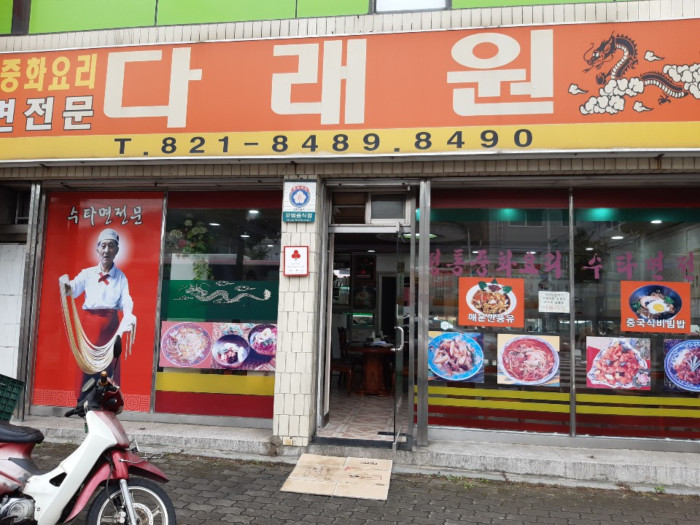
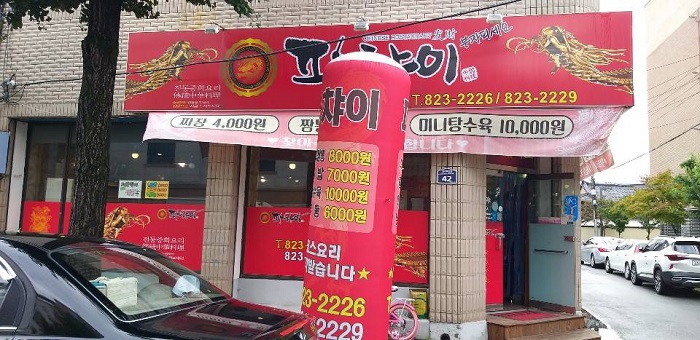
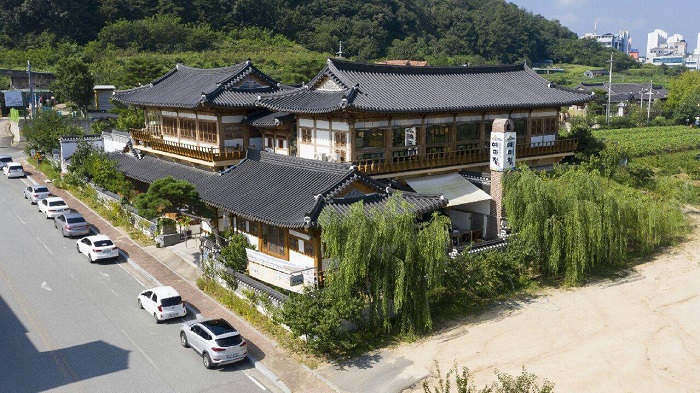
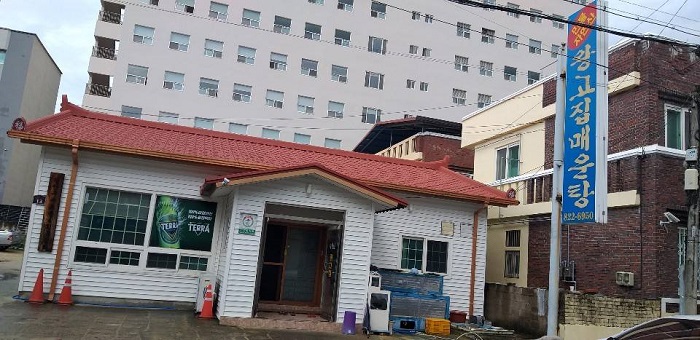
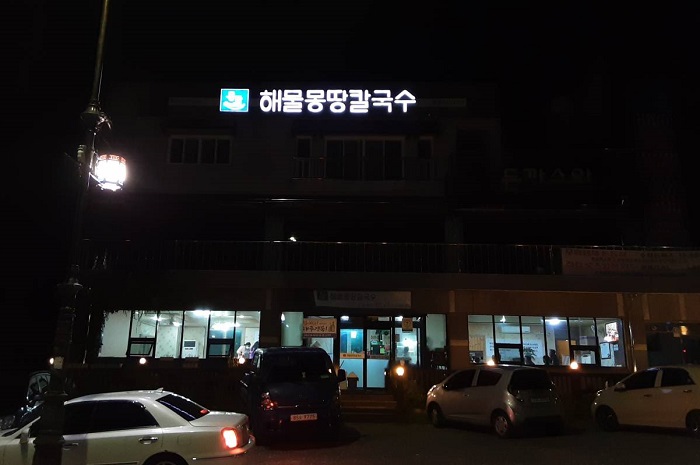
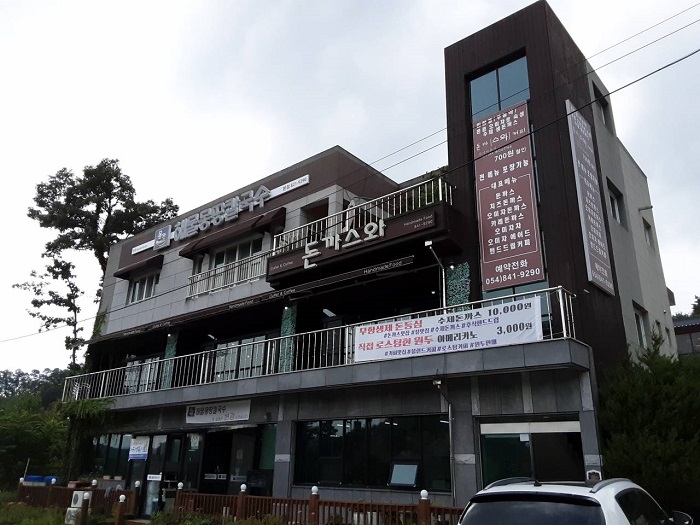
![Traditional Resort Gurume [Korea Quality] / 구름에 [한국관광 품질인증]](http://tong.visitkorea.or.kr/cms/resource/56/2581156_image2_1.jpg)
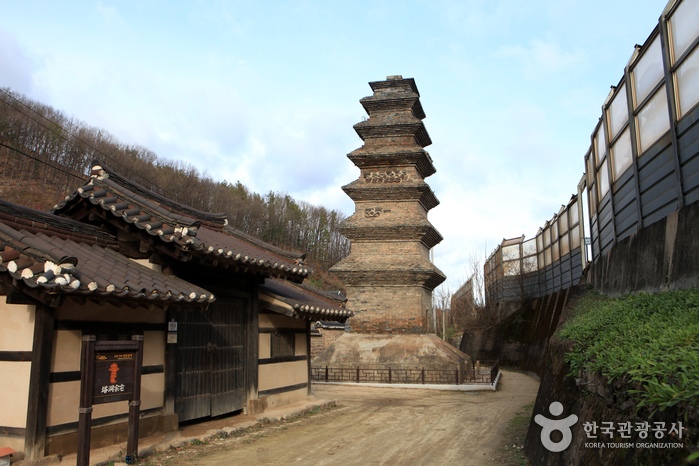
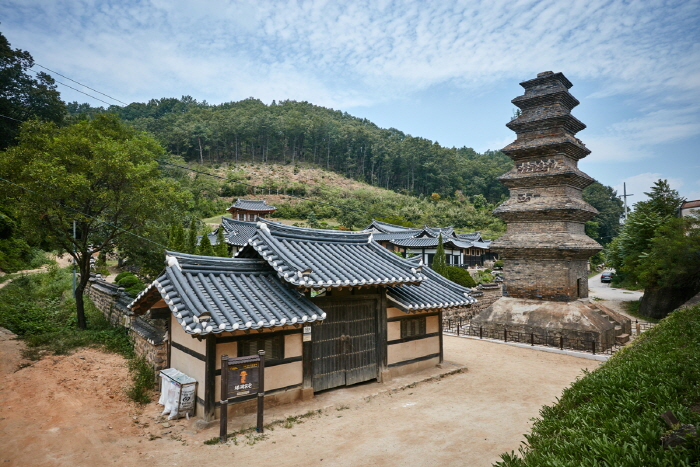
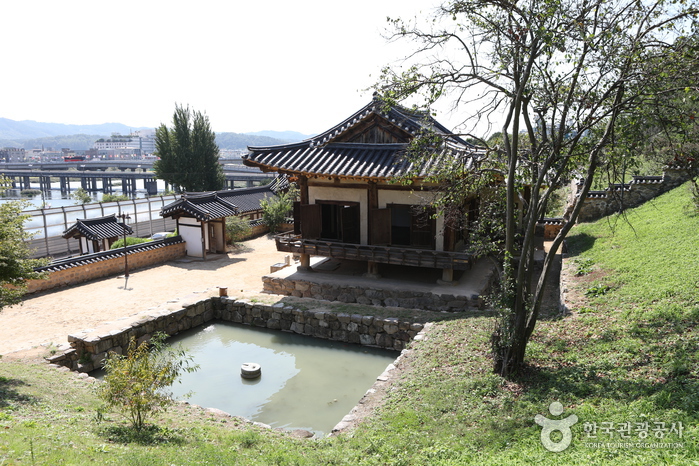
 English
English
 한국어
한국어 日本語
日本語 中文(简体)
中文(简体) Deutsch
Deutsch Français
Français Español
Español Русский
Русский